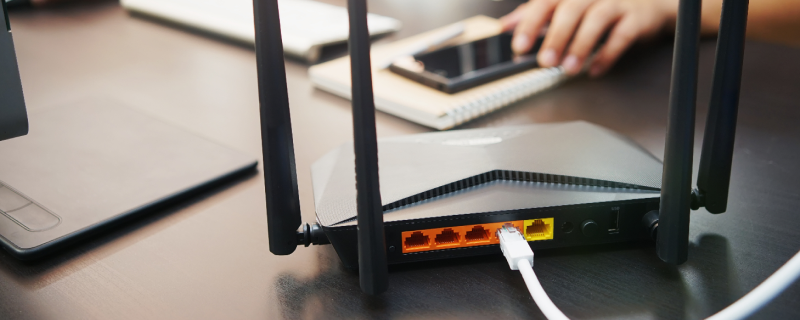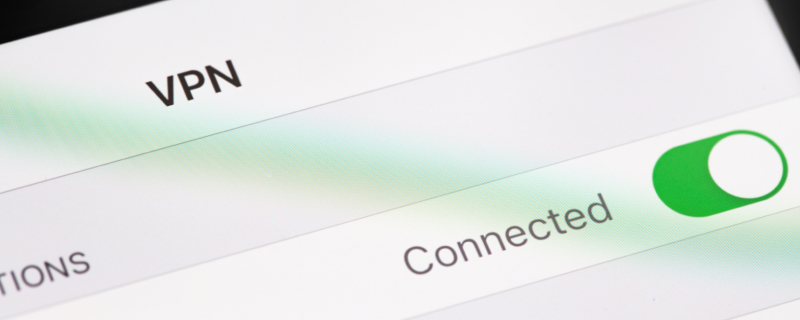
- 6 min read
- Aug 23, 2023

The world of networking may seem overwhelming at first, but with a little guidance, anyone can navigate it confidently. A key concept worth understanding is port forwarding, a technique that’s crucial for various online activities. This beginner’s guide will help you comprehend and implement port forwarding.
Port forwarding, also known as port mapping, is a networking process that directs data to a specific path or ‘port’, allowing devices outside your network to access services on your network.
Port forwarding becomes crucial when you want to run a server (like a game server or web server), use peer-to-peer connections, or access your home network remotely. It allows specific data to reach your device, bypassing your router’s firewall.
While the exact process may vary depending on your router, the fundamental steps remain the same.
Step 1: Determine Your Router’s IP Address
Your router’s IP address is crucial for accessing its settings. You can usually find this in your device’s network settings.
Step 2: Access Your Router’s Settings
Enter your router’s IP address into your web browser. This will take you to your router’s settings page, where you’ll need to log in.
Step 3: Locate Port Forwarding Settings
Find the port forwarding settings. These might be under tabs like ‘Advanced Settings’, ‘NAT Forwarding’, or ‘Port Mapping’.
Step 4: Enter the Necessary Information
You’ll need to specify which port to forward and where to direct the incoming traffic. You’ll typically need to input:
The port range (the ports to be forwarded)
The local IP address (the device you’re forwarding the ports to)
The protocol (TCP, UDP, or both)
Step 5: Save Your Changes
Once you’ve entered the required information, save your changes. Your router should now forward the specified ports to the chosen device.
When setting up port forwarding, remember to only open ports that you need, and always maintain good security practices. Opening unnecessary ports can expose your network to potential threats.
By enabling port forwarding, you can enhance your online experiences and allow specific traffic to reach your devices more efficiently. It’s a powerful tool in your networking toolkit, enabling new possibilities for your online activities.



